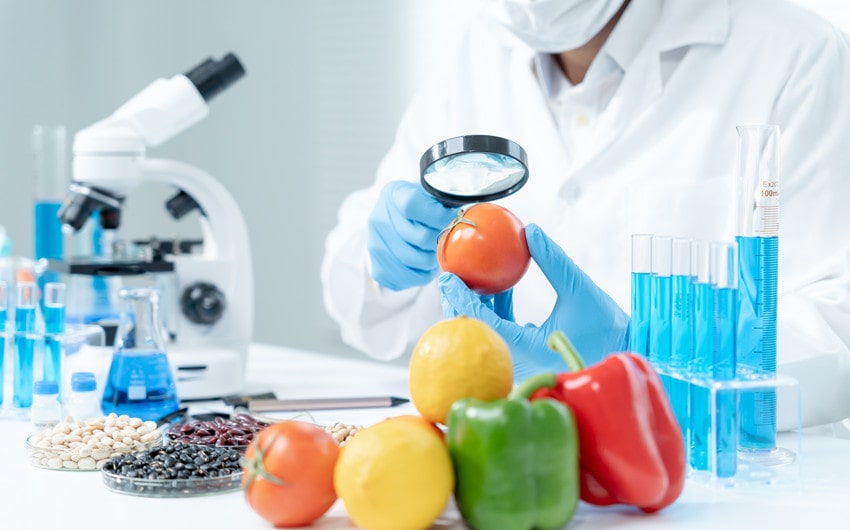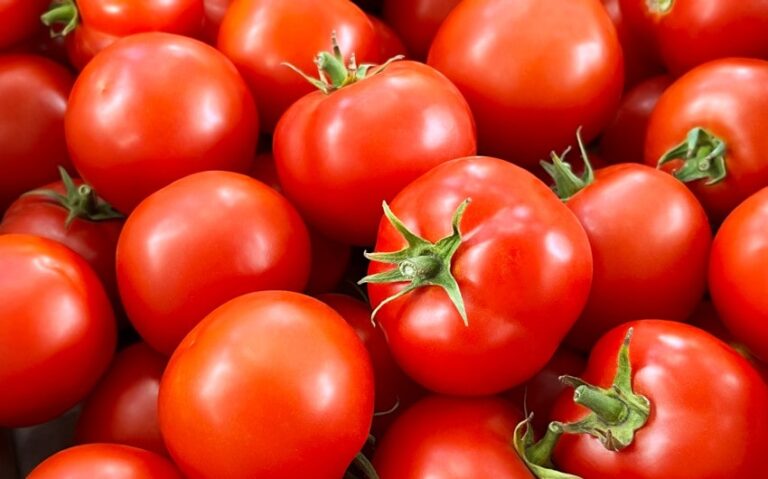Examples of Biological Hazards in Food (And How to Prevent Them)
When it comes to food safety, understanding biological hazards is critical. These microscopic threats—like bacteria, viruses, parasites, and fungi—can cause foodborne illnesses that impact millions each year. Whether you’re a food handler, restaurant worker, or just someone who wants to keep their kitchen safe, recognizing examples of biological hazards in food is the first step to prevention.
This guide breaks down the major categories of biological hazards, their sources, and how you can reduce the risks they pose to your health.
What Are Biological Hazards in Food?
Biological hazards refer to harmful microorganisms that can contaminate food and make people sick. Unlike chemical or physical hazards, biological hazards are living organisms (or the toxins they produce). They include:
- Bacteria
- Viruses
- Parasites
- Fungi and molds
- Prions (rare but dangerous proteins)
These pathogens can enter the food supply at any stage—from farm to fork—and they often thrive under warm, moist, or unsanitary conditions. Let’s look more closely at the most common examples of biological hazards and the food they impact.
1. Bacteria: The Most Common Culprit
Bacteria are among the most well-known and widespread biological hazards. Some bacteria are harmless, even helpful (like probiotics), but others can cause severe food poisoning. Here are the most significant types:
Salmonella
Sources: Raw or undercooked poultry, eggs, meat, unpasteurized milk, and contaminated produce.
Symptoms: Diarrhea, fever, stomach cramps, vomiting. Symptoms usually appear within 6–48 hours.
Escherichia coli (E. coli)
Sources: Undercooked ground beef, raw milk, lettuce, sprouts, or any contaminated water source.
Symptoms: Severe diarrhea, abdominal pain, and in some cases, kidney failure (especially with E. coli O157:H7).
Listeria monocytogenes
Sources: Ready-to-eat deli meats, soft cheeses, smoked seafood, and refrigerated foods past their date.
Symptoms: Fever, muscle aches, nausea; it can be especially dangerous for pregnant women and the elderly.
Clostridium botulinum (Botulism)
Sources: Improperly canned foods, fermented fish, baked potatoes in foil left at room temperature.
Symptoms: Double vision, paralysis, trouble breathing—botulism can be fatal without treatment.
Campylobacter
Sources: Raw poultry, unpasteurized milk, and untreated water.
Symptoms: Diarrhea (sometimes bloody), fever, cramping. One of the leading causes of bacterial gastroenteritis globally.
2. Viruses: Tiny but Dangerous
Viruses cannot multiply in food but are easily transmitted through it, especially if food is handled by someone infected. They require a living host to reproduce, and poor hygiene is often the culprit.
Norovirus
Sources: Contaminated water, shellfish, raw fruits and vegetables, or from food handled by infected people.
Symptoms: Nausea, vomiting, diarrhea, and stomach cramps. Norovirus is extremely contagious and often linked to outbreaks on cruise ships or in schools.
Hepatitis A
Sources: Shellfish from contaminated water, raw produce, or any food handled by someone who hasn’t properly washed their hands.
Symptoms: Fatigue, jaundice, abdominal pain, fever. Hepatitis A affects liver function and can last for weeks or months.
3. Parasites: Unseen Invaders
Parasites are organisms that live in or on another host. While less common than bacteria or viruses, they are still a serious foodborne hazard, especially in undercooked meat or contaminated water sources.
Trichinella spiralis
Sources: Undercooked pork or wild game.
Symptoms: Muscle pain, fever, swelling around the eyes, gastrointestinal distress. This parasite causes trichinosis.
Toxoplasma gondii
Sources: Raw or undercooked meat (especially pork, lamb), contaminated water, or surfaces exposed to cat feces.
Symptoms: Often mild flu-like symptoms, but can be dangerous for pregnant women and immunocompromised individuals.
Giardia lamblia
Sources: Untreated water or contaminated produce.
Symptoms: Diarrhea, gas, bloating, nausea. Commonly picked up during international travel or outdoor water activities.
4. Fungi and Molds
While some molds are safe (even edible, like those in blue cheese), others produce harmful toxins called mycotoxins. These toxins can survive food processing and cause health problems if consumed in large quantities.
Aspergillus flavus
Sources: Improperly stored nuts, grains, and spices.
Hazard: Produces aflatoxins, which are toxic and potentially carcinogenic. Long-term exposure is linked to liver damage and cancer.
Penicillium species
Sources: Moldy bread, fruits, cheese.
Hazard: Some species are beneficial (penicillin), but others can spoil food or cause allergic reactions.
5. Prions (Rare but Deadly)
Prions are misfolded proteins that can cause neurodegenerative diseases. Though rare, they are among the deadliest foodborne hazards known.
Creutzfeldt–Jakob disease (CJD)
Sources: Contaminated brain or nervous system tissue from infected animals (e.g., BSE or “mad cow disease”).
Symptoms: Rapid mental deterioration, movement issues, and eventual death. There is no cure.
How Do These Biological Hazards Enter the Food Chain?
Contamination can occur at any stage:
- Production: Animals carrying bacteria, crops irrigated with contaminated water.
- Processing: Cross-contamination in factories, poor hygiene among workers.
- Transportation: Improper refrigeration during shipping.
- Preparation: Unwashed hands, dirty surfaces, undercooked food.
Food safety requires vigilance across the entire chain, from the farm to your kitchen table.
Prevention: How to Protect Yourself
To reduce the risk of biological hazards in food, follow these key food safety practices:
- Wash your hands: Always before and after handling food.
- Cook thoroughly: Use a food thermometer—165°F (74°C) kills most bacteria.
- Avoid cross-contamination: Use separate cutting boards for meat and produce.
- Keep food refrigerated: Below 40°F (4°C) slows microbial growth.
- Buy from trusted sources: Especially for seafood, dairy, and meats.
- Check expiration dates: And avoid foods with damaged packaging.
Final Thoughts
Biological hazards in food are invisible but dangerous. From bacteria and viruses to parasites and prions, these threats can cause serious health issues—but most are preventable with good hygiene, proper cooking, and mindful food handling.
Whether you’re a home cook or a food industry professional, staying informed and alert is key. Knowing where these hazards come from—and how to keep them out of your kitchen—helps protect not just your health, but the health of everyone you feed.






